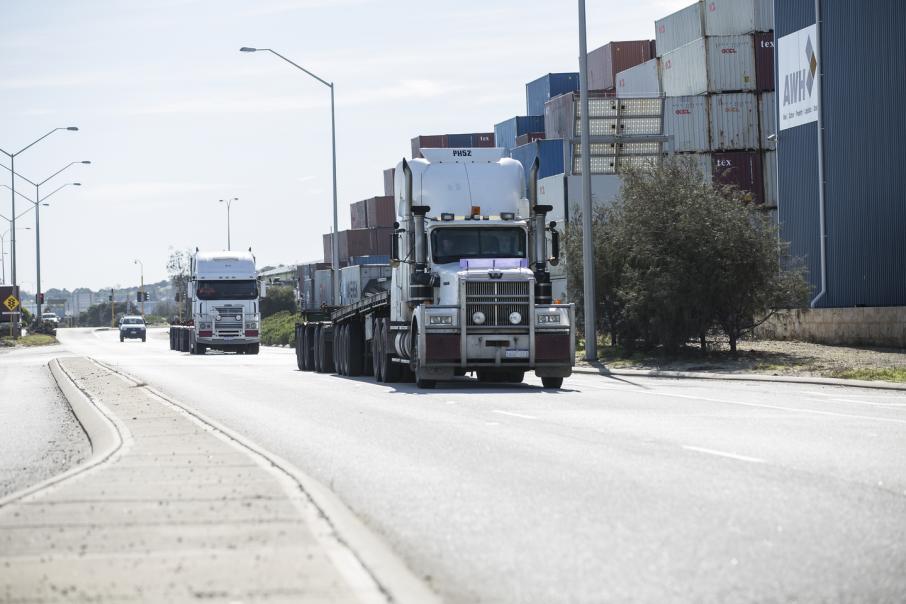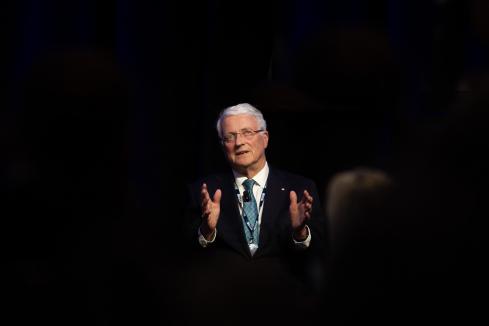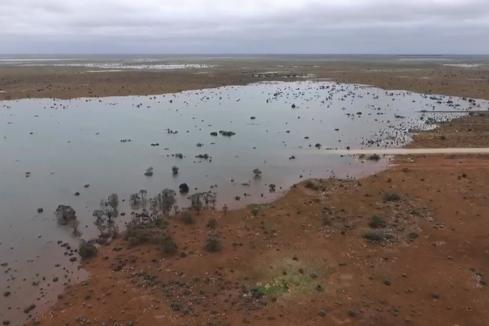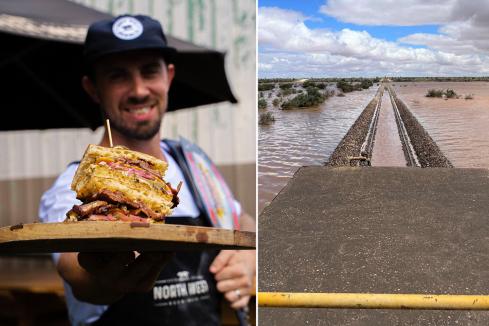The state’s peak trucking body is pushing for a meeting between industry and government amid a major truck driver shortage.


The state’s peak trucking body is pushing for a meeting between industry and government amid a major truck driver shortage; stating that agriculture, mining and transport could not continue fighting for the same diminished labour pool.
For 18 months, the Western Roads Federation has warned that the industry is grappling with a shortage of more than 1,000 truck drivers, a shortage which is growing and one that could have significant implications.
Those concerns were realised last week after the state’s largest grain handler, CBH, advised thousands of members that it was struggling to meet shipping commitments because transportation issues were preventing it from getting grain to ports.
In February, the state government announced it would invest $6.1 million in a program to train 1,000 truck drivers following lobbying from industry; a program which officially commenced on Monday.
While grateful for the much-needed government support, and conscious that the shipping and air freight restrictions during the COVID-19 pandemic had put additional pressure on the road transport system, Western Roads Federation chief executive officer Cam Dumesny told Business News that he believed it was time for industry to sit down with the government and forge a plan.
“At the moment, there are multiple issues in our sector and freight and logistics full stop as a result of skills shortages,” he said.
“We’re short of truck drivers, we’re short of schedulers, we’re short of mechanics… the list, it just goes on.
“That’s where we’re feeling the pressure.
“I think all the industry sectors need to constructively sit down together and work with the government to determine how the skills shortage can be addressed.
“We can’t all fight for the same diminished labour pool.
“At the moment, there just aren’t enough people around to meet demand and there’s an acknowledgement of that now among the affected sectors; including agriculture, mining, and the cold supply chains; our produce sectors.
“They’ve handled the COVID pandemic really well, but I think that now that we’re recovering at such a rapid rate, the next challenge is finding the labour force to meet demand.
“It’s time to sit down with industry and work out, constructively, how we deal with that.”
Road transport has an ageing workforce, with the median age sitting around 58 in some sectors. Mr Dumesny said it was a reflection of the depth of the shortage.
He said it would be up to industry to consider how industry could attract and retain a younger workforce, which could require restructuring of the working hours, better rest areas and improved facilities on the state’s road network.
















